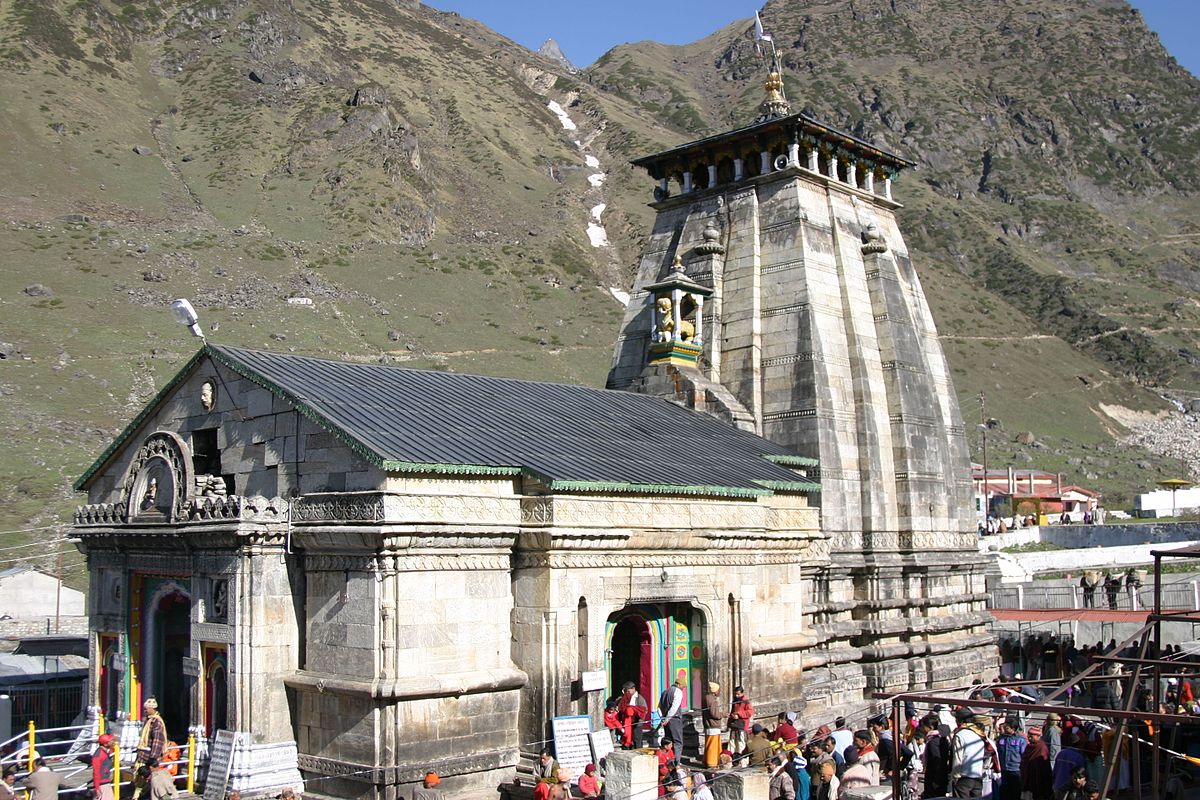ॐ श्री गुरुभ्यो नमः ॐ श्री शिवानन्दाय नमः ॐ श्री चिदानन्दाय नमः
Source of all Images in this Blog-post : Google Images : ‘Google Image Search’ will reveal the multiple sources of every single image shared in this Blog. For more details, kindly see ‘Disclaimer‘
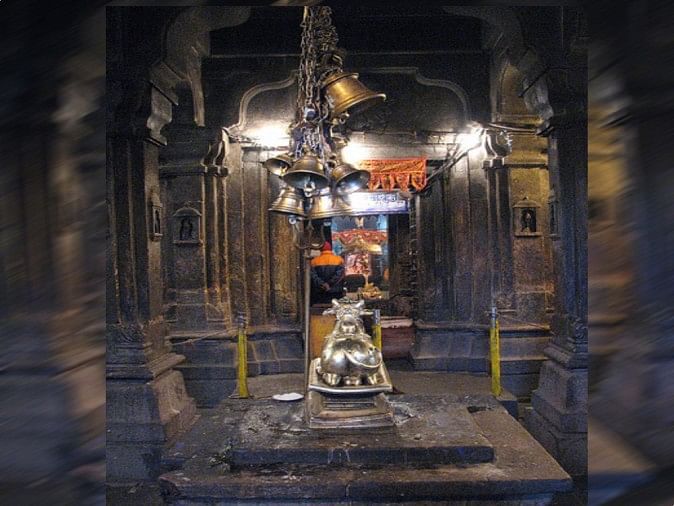
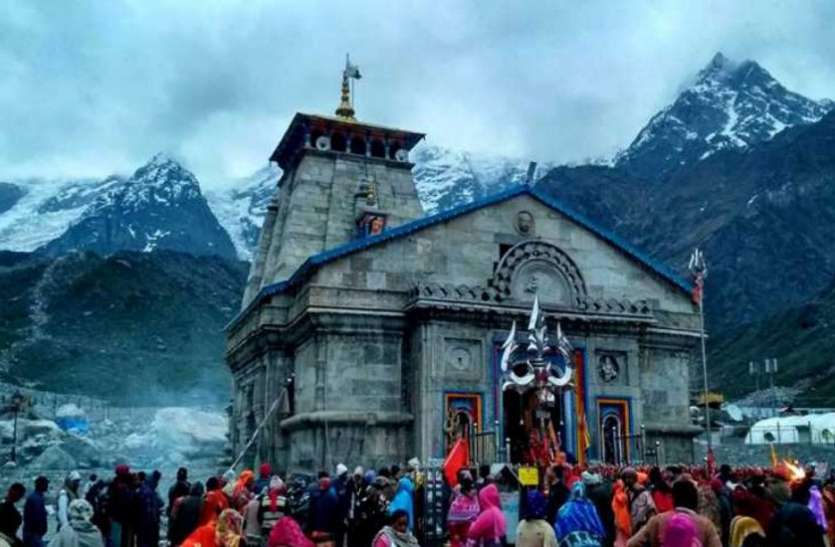
Kedarnath Temple is a Hindu temple dedicated to Lord Shiva (Mahadeva), the Hindu God of detruction and a great Yogi.
Located in the Garhwal Himalayan range near the Mandakini river, Kedarnath is located in the Indian state of Uttarakhand.
Due to extreme weather conditions, the temple is open to the general public only between the months of April (from Akshaya Tritiya) and November (till Kartik Purnima, the autumn full moon).
During the winters, the Vigraha (deity) from Kedarnath temple is carried down to Ukhimath where the deity is worshiped for the next six months.

The temple is not directly accessible by road and has to be reached by a 22 kilometres uphill trek from Gaurikund. Pony and Manchan service is available to reach the holy shrine.
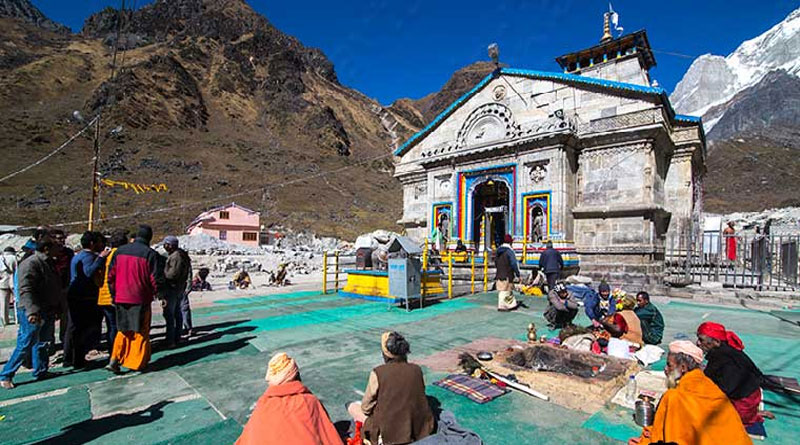
According to Hindu legends, the temple was initially built by the Pandavas, and is one of the twelve Jyotirlingas of India, the holiest Hindu shrines of Shiva.
It is one of the 275 Paadal Petra Sthalams, expounded in the sacred Tamil Tevaram. Pandavas were supposed to have pleased Shiva by doing penance in the holy mountains of Kedarnath.
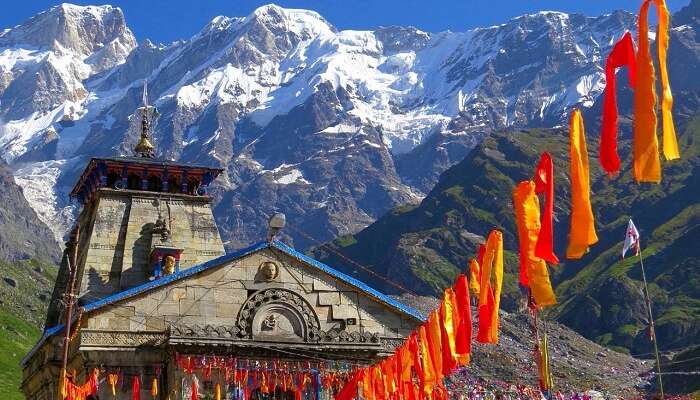
The temple is one of the four major sites in India’s Chota Char Dham pilgrimage of Northern Himalayas. This temple is the highest among the 12 Jyotirlingas.
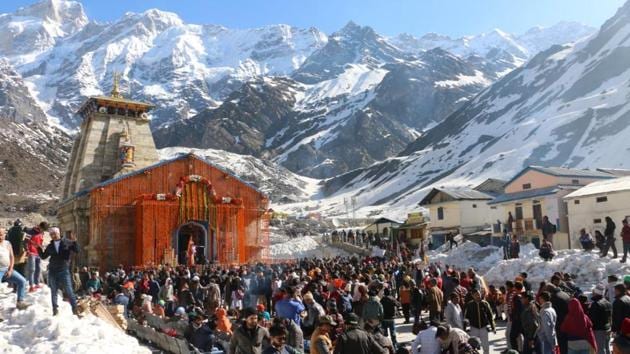
Kedarnath was the worst affected area during the 2013 floods in North India. The temple complex, surrounding areas, and Kedarnath town suffered extensive damage, but the temple structure did not suffer any major damage, apart from a few cracks on one side of the four walls which was caused by the flowing debris from the higher mountains.
A YouTube Video : Kedarnath Yatra – A Pilgrimage to Kedarnath
A large rock among the debris acted as a barrier, protecting the temple from the flood. The surrounding premises and other buildings in the area were heavily damaged.
History and Legends of Origin :
The temple, at a height of 11,755 ft and on the shores of Mandakini river, a tributary of Ganga, is 223 km from the holy Rishikesh. It is a stone edifice of unknown date.
It is not certain who built the original Kedarnath temple and when. The name Kedarnath means ‘The Lord of the Field’, which derives from the Sanskrit words Kedara (field) and Natha (lord).
The Hindu scripture Kashi Kedara Mahatmya states that it is so called because the crop of liberation grows here.
According to Hindu mythology, God Shiva agreed to dwell here at the request of Nara-Narayana. After the Kurukshetra War, the Pandava brothers, came here to meet Shiva on the advice of the sage Vyasa, because they wanted to seek forgiveness for killing their kin during the war.
The Pandava brothers then built the first temple at Kedarnath. The portions of Shiva’s body later appeared at four other locations, and collectively, these five places came to be known as the five Kedaras ‘Panch Kedar‘
The Hindu epic Mahabharata, which gives the account of the Pandavas and the Kurukshetra War, does not mention any place called Kedarnath. One of the earliest references to Kedarnath occurs in the Skanda Purana, which contains a story describing the origin of the Ganges river.
This scripture names Kedara (Kedarnath) as the place where Shiva released the holy Ganges water from his matted hair.
Five Temples :
The presiding deity of Kedarnath in the form of Lingam is of irregular shape with a pedestal 3.6 m (12 ft) in circumference and 3.6 m (12 ft) in height.
There is a small pillared hall in front of the temple, that has images of Parvathi and of the five Pandava princes.
There are five temples around namely Badari-kedar, Madhya Maheswara, Tunganatha, Rudranatha and Kallesvara.
The first hall inside Kedarnath Temple contains statues of the five Pandava brothers, Lord Krishna, Nandi the vehicle of Shiva, and Virabhadra one of the guards of Shiva.

Statue of Draupadi and other deities are also installed in the main hall.
Adi Shankara was believed to have revived this temple, along with Badrinath and other temples of Uttarakhand. He is believed to have attained Mahasamadhi at Kedaranath. Behind the temple is the Samādhi Mandir of Adi Sankara.
The head priest (Raval) of the Kedarnath temple belongs to the Veerashaiva community from Karnataka. However, unlike in Badrinath temple, the Raval of Kedarnath temple does not perform the Pujas.
The Pujas are carried out by Raval’s assistants on his instructions. The Raval moves with the deity to Ukhimath during the winter season when Kedatnath gets submerged under the heaps of snow.
Read more about this JyotirLinga temple on its Wikipedia page by clicking this link
